Pier and beam foundations have been popular for homes in the United States for many years. This type of foundation consists of a series of concrete piers that support the weight of the home, with wooden beams spanning between them.
While this type of foundation offers some advantages, such as increased ventilation and the ability to adjust for uneven terrain, it also has drawbacks. One of the main concerns for homeowners with this type of foundation is the potential for moisture and pests to enter the crawl space under the home.
The concept of enclosing pier and beam foundations has gained attention as a solution to these issues. But is enclosing pier and beam foundation worth it? We will take a closer look at the benefits and drawbacks of enclosing a pier and beam foundation and what you need to know before making a decision.
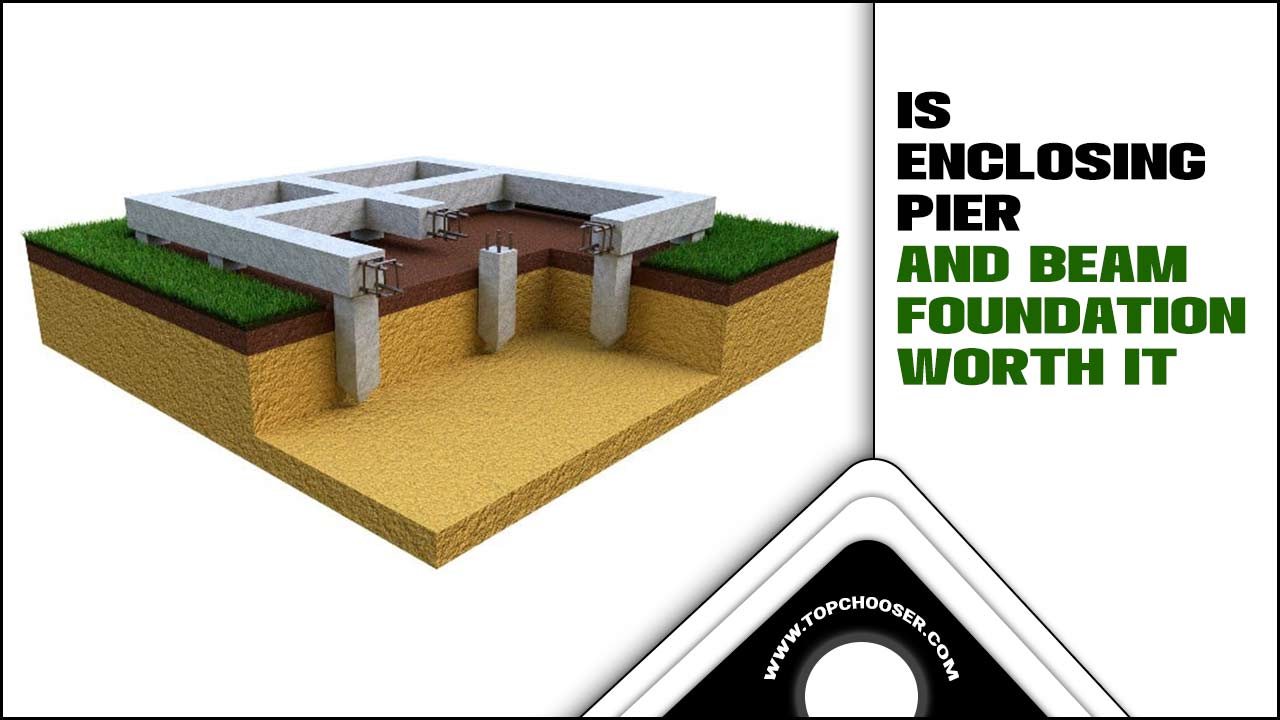
Is Enclosing Pier And Beam Foundation Worth It? Explained
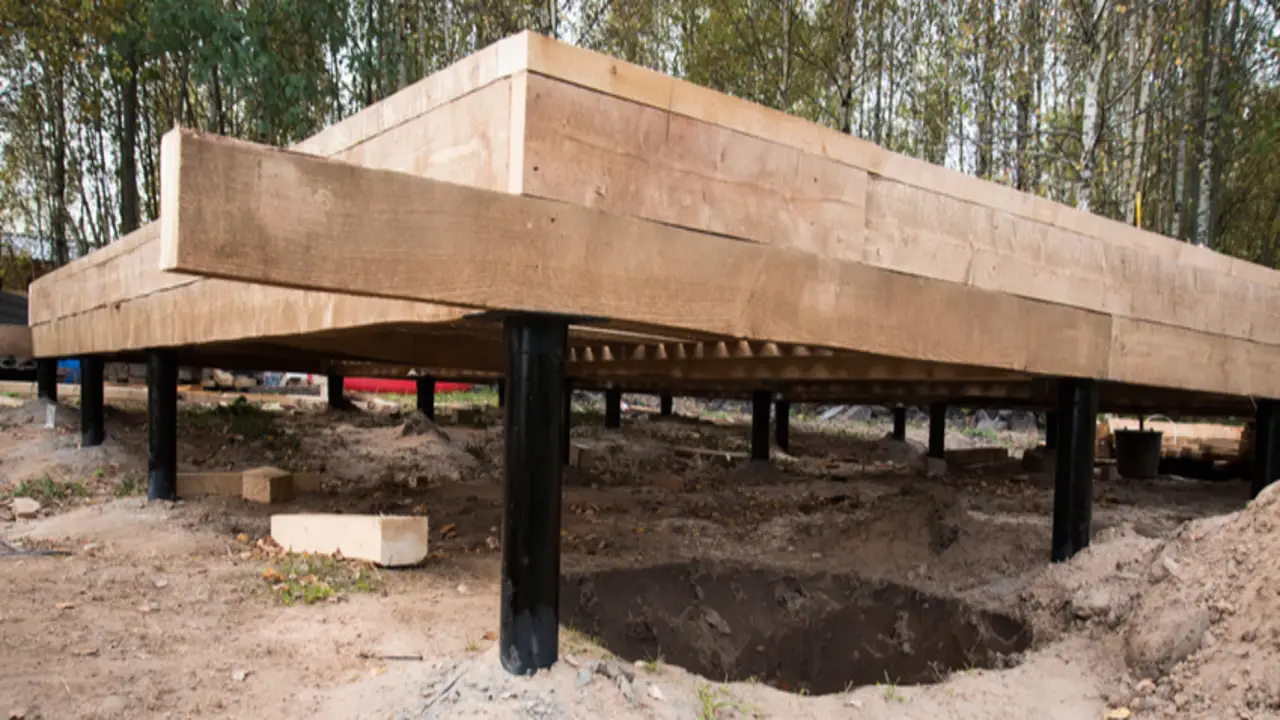
Deciding whether or not to enclose a pier and beam foundation can be a complex decision. There are several factors to consider, including the condition of the foundation, the climate in which you live, and your personal preferences. Enclosing a pier and beam foundation can provide several benefits, such as added protection against moisture and pests, improved energy efficiency, and enhanced aesthetics.
However, it is important to weigh these benefits against the potential drawbacks, such as increased costs and limited access for maintenance and repairs. Ultimately, the decision to enclose a pier and beam foundation should be based on careful consideration of these factors and consultation with a qualified professional. Below we discuss more on is enclosing pier and beam foundation worth it?
The Basic Construction Of A Pier And Beam Foundation
A pier and beam foundation is a type of foundation that consists of concrete piers or columns that are spaced out and support wooden beams. These beams, in turn, support the floor joists and the structure’s load. The construction process for a pier and beam foundation typically involves excavating holes for the piers, pouring concrete into these holes to create a stable base, and then placing wooden beams on top of the piers.
The floor joists are then attached to these beams, forming the structural framework of the building. Overall, the basic construction of a pier and beam foundation provides a solid and durable base for a structure. Making it worth considering for certain types of projects.
How Is A Pier Foundation Different From Slab?
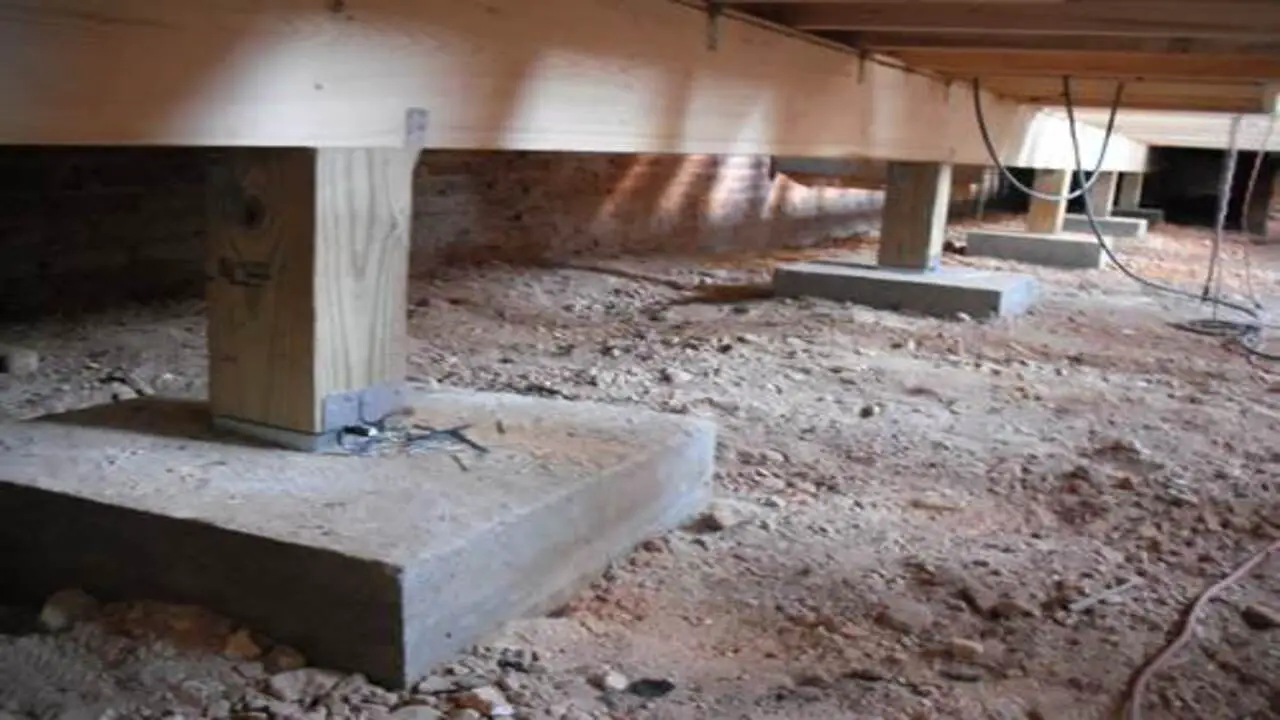
A pier foundation and a slab foundation are commonly handy in construction. A pier foundation consists of individual piers or columns that support the weight of the structure, while a slab foundation is a solid concrete slab that serves as the base for the building. The main difference between the two is that a pier foundation allows for more flexibility in design and construction. It can accommodate uneven terrain and provide stability in areas with expansive soil.
On the other hand, a slab foundation is typically less expensive to build and can be easier to maintain when deciding which foundation is right for your project. It is important to consider factors such as soil conditions, budget, and specific design requirements. Consulting with a structural engineer or builder can help you determine the best option for your needs.
The Advantages Of Pier And Beam Foundation For Homeowners
There are several advantages of having a pier and beam foundation for homeowners. One of the main benefits is that it provides better ventilation and insulation for the home. A raised foundation allows air to circulate underneath the house, which helps prevent moisture buildup and reduces the risk of mould and mildew.
This foundation also allows easy access to plumbing and electrical systems, making repairs and maintenance simpler and more cost-effective. Another advantage is that pier and beam foundations can be more durable and resistant to shifting soil conditions, reducing the risk of damage over time. Overall, homeowners who choose a pier and beam foundation can enjoy improved airflow, easier maintenance, and increased durability for their homes.
Offering Resistance To Flooding
Enclosing a pier and beam foundation can offer resistance to flooding, making it worth considering for homeowners in flood-prone areas. By enclosing the foundation, you create a barrier that helps prevent water from entering the crawl space underneath your home.
This can help protect your home from potential water damage and reduce the risk of mould or mildew growth. Enclosing the foundation can also improve energy efficiency by creating a sealed space that helps prevent drafts and air leakage.
While costs are associated with enclosing a pier and beam foundation, the added protection and peace of mind during heavy rains or flooding may outweigh the initial investment. It is recommended to consult with a professional contractor to assess your specific situation and determine if enclosing your pier and beam foundation is the right choice for you.
Easy Accessibility To Utilities In The Crawlspace
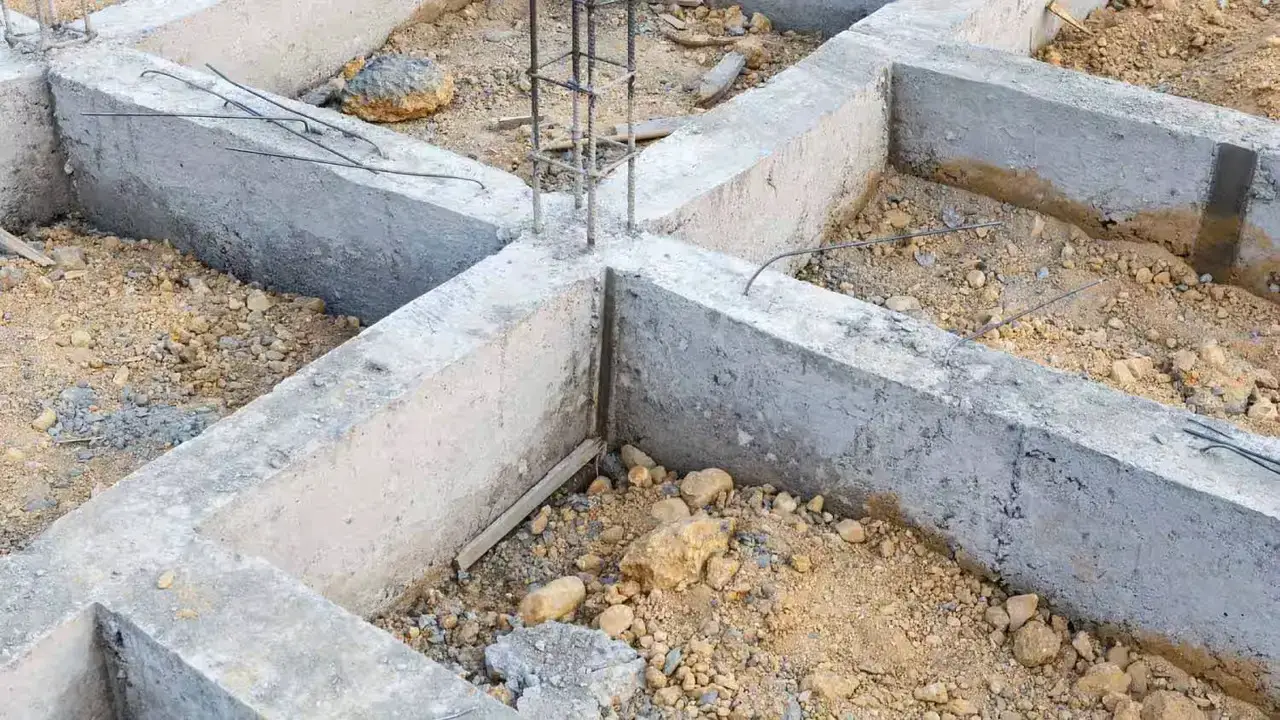
One of the benefits of enclosing a pier and beam foundation is the easy accessibility it provides to utilities in the crawlspace. By enclosing the foundation, you create a protected space allowing convenient access to plumbing, electrical wiring, and HVAC systems.
This can make maintenance and repairs much easier, as professionals can easily navigate the crawlspace without crawling through dirt or debris. Additionally, enclosing the foundation can help to prevent damage to utilities from pests or water infiltration. Overall, the easy accessibility to utilities in the crawlspace is a significant advantage of enclosing a pier and beam foundation.
The Disadvantages Of Pier And Beam Foundation
While pier and beam foundations can have advantages, it is important to consider the potential disadvantages before deciding. One disadvantage is that this type of foundation is more susceptible to moisture and water damage compared to other types of foundations.
Since the foundation is elevated off the ground, it can rot or shift if not properly maintained. Additionally, pier and beam foundations may require more frequent inspections and repairs due to the presence of wooden beams and posts. This can result in higher maintenance costs over time.
Lastly, pier and beam foundations may not be as structurally sound as other foundations, especially in areas with high soil movement or seismic activity. It is important to consult with a professional contractor or engineer to assess whether enclosing a pier and beam foundation is worth it in your specific circumstances.
Dealing With Moisture And Humidity Issues
Concerning pier and beam foundations, dealing with moisture and humidity issues can be a common concern for homeowners. Enclosing the foundation can be a worthwhile solution to address these problems. By enclosing the foundation, you create a barrier that helps to prevent moisture from seeping into the crawl space, which can lead to mould growth and structural damage.
Additionally, enclosing the foundation can help regulate humidity levels, preventing excessive moisture buildup that can cause further issues. However, it is important to consider the cost and potential impact on ventilation before deciding. Consulting with a professional can help determine if enclosing your pier and beam foundation is the right choice for your situation.
The Problem Of Mold And Mildew
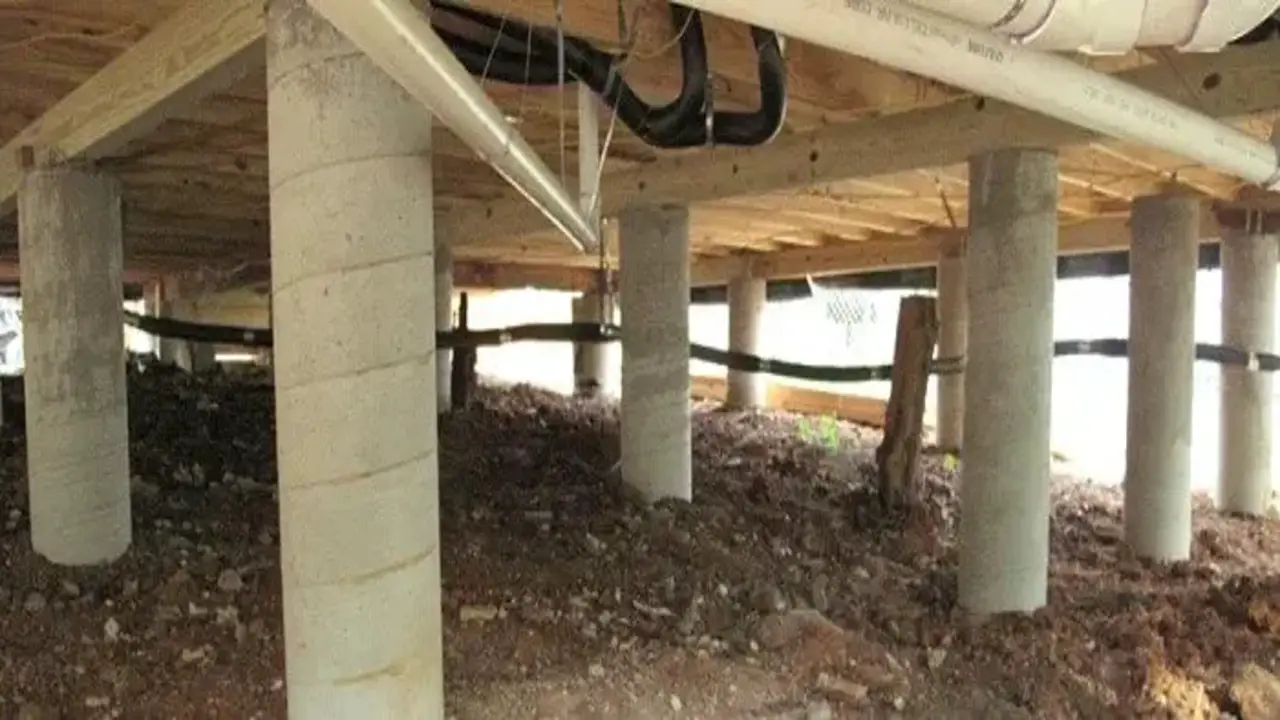
One of the main problems with pier and beam foundations is the risk of mould and mildew. Because these types of foundations elevate the structure off the ground. There is often a crawl space underneath that can become damp and humid. This creates the perfect environment for mold and mildew to thrive.
If left untreated, mould and mildew can cause structural damage to the foundation and pose health risks to those living in the home. Enclosing the crawl space can help prevent moisture buildup and reduce the risk of mold and mildew growth.
By installing vapour barriers, proper ventilation, and insulation, homeowners can create a drier environment less conducive to mould and mildew growth. While enclosing a pier and beam foundation may involve some upfront costs. It can be worth protecting the integrity and the health of those living in the home.
The Process Of Enclosing A Pier And Beam Foundation
Enclosing a pier and beam foundation can be a worthwhile investment for homeowners. Not only does it provide added protection against moisture and pests. But it can also help improve the home’s energy efficiency. The process of enclosing a pier and beam foundation typically involves the following steps:
- Inspect and prepare the foundation: Before enclosing the foundation, inspect for any existing damage or issues that must be addressed. This may include repairing cracks, reinforcing weak areas, and ensuring proper drainage.
- Install vapor barrier: A vapour barrier prevents moisture from seeping into the enclosed space. Typically, people make it out of a thick plastic sheeting that they lay over the ground and secure to the foundation’s walls.
- Add insulation: Insulating the enclosed space can help to regulate temperature and reduce energy costs. This may involve installing fibreglass batts or foam insulation between the floor joists.
- Seal gaps and cracks: To prevent pests from entering the enclosed space, it is important to seal any gaps or cracks in the foundation walls and floorboards. This may require using caulking or expanding foam sealant.
- Finish with flooring and ventilation: Once the enclosure is sealed, you can choose to finish it with flooring material such as hardwood, tile, or carpeting. Additionally, adequate ventilation in the enclosed space is crucial for preventing moisture buildup and maintaining air quality.
By following these steps, homeowners can effectively enclose their pier and beam foundation, providing added protection and improving the overall functionality of their home.
Importance Of Appropriate Landscaping
Appropriate landscaping is crucial when enclosing a pier and beam foundation. The landscaping around your home can greatly impact the stability and longevity of the foundation. It is important to ensure that the soil is properly graded and that there is proper drainage to prevent water from pooling around the foundation.
Additionally, planting trees or shrubs too close to the foundation can cause issues as their roots can disrupt the stability of the structure. By paying attention to landscaping and taking appropriate measures, such as installing a root barrier or choosing plants with non-invasive root systems, you can help protect your enclosed pier and beam foundation from potential damage and ensure its long-term durability.
Use Of Foam Insulation For Enclosure
Foam insulation can be valuable when enclosing a pier and beam foundation. By insulating the space between the ground and the house floor, foam insulation can help prevent air leaks and drafts, which can lead to energy loss and higher heating or cooling costs.
Foam insulation can also help reduce moisture buildup and potential mould or mildew growth in the enclosed space. This can be particularly beneficial in areas with high humidity or frequent rain. Overall, foam insulation for enclosure can provide energy efficiency and moisture control benefits for pier and beam foundations.
Repair Options For Pier And Beam Foundations
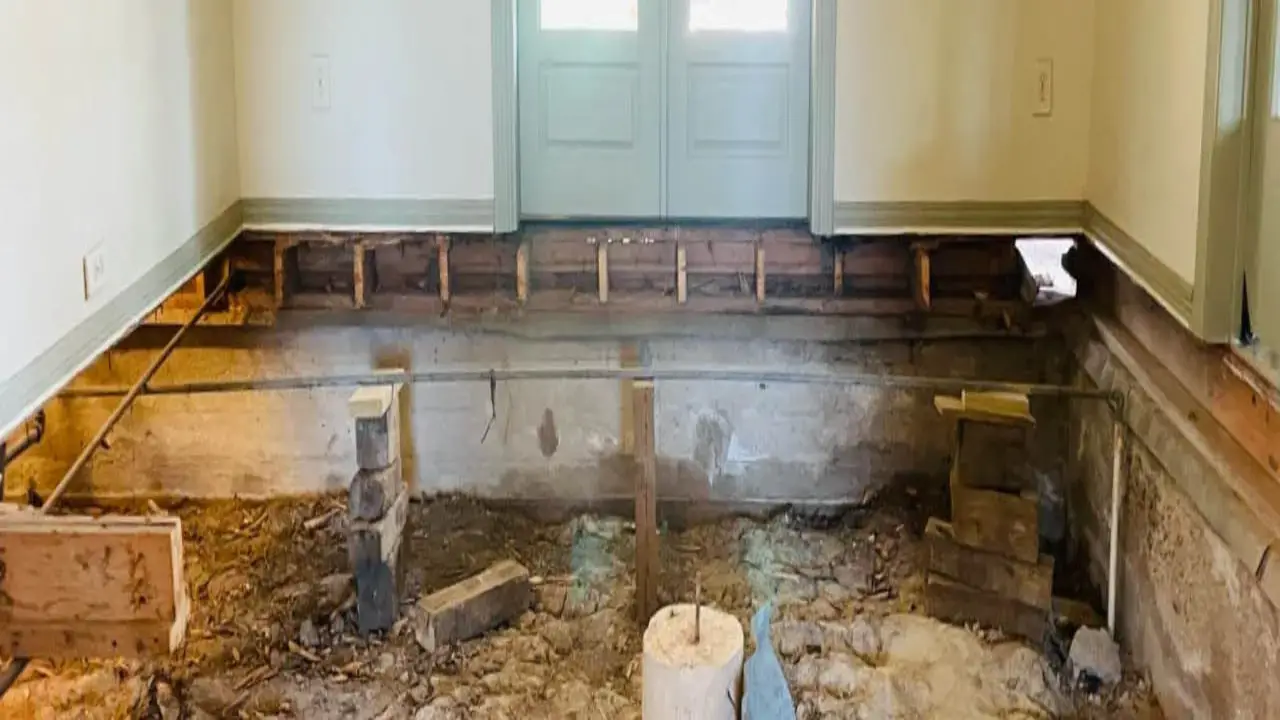
When it comes to pier and beam foundations, there are several repair options available. The right option for you will depend on the specific issues you are facing with your foundation. Here are some common repair options:
- Shimming: This involves adding shims or wedges to level out any uneven areas of your foundation. Shimming can help restore stability and prevent further damage.
- Replacing damaged beams or piers: If certain beams or piers have been damaged or deteriorated, they may need to be replaced. This can help strengthen the foundation and ensure its long-term stability.
- Adding additional support: In some cases, it may be necessary to add additional support to the foundation. This can be done by installing new piers, beams, or a steel I-beam system.
- Moisture control: Addressing moisture issues is crucial for maintaining a healthy pier and beam foundation. This may involve implementing proper drainage systems, repairing leaks, or installing vapour barriers.
It’s important to consult with a professional foundation repair specialist to assess the condition of your pier and beam foundation and determine the most appropriate repair option for your specific needs. They will have the expertise and experience to guide you through the process and ensure your foundation is properly repaired and restored.
Conclusion
Enclosing a pier and beam foundation can be worth it for homeowners who want to protect their homes from moisture issues, improve energy efficiency, and reduce pest problems. The process of enclosing the foundation involves appropriate landscaping and the use of foam insulation. It is important for homeowners to be aware of the signs of foundation problems and to know the repair options available, such as foundation levelling and replacing rotted wood.
By taking these steps, homeowners can ensure the longevity and stability of their homes. If you suspect foundation issues in your home, it is recommended to consult with a professional for a thorough assessment and guidance on the best course of action. We hope you understand now is enclosing pier and beam foundation worth it? or not.
Frequently Asked Questions
[rank_math_rich_snippet id=”s-bc8d382d-1400-486f-861b-f5239e8cc148″]

I am passionate about home engineering. I specialize in designing, installing, and maintaining heating, ventilation, and air conditioning systems. My goal is to help people stay comfortable in their homes all year long.
